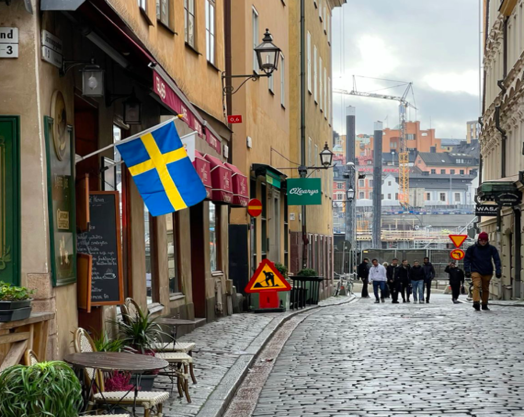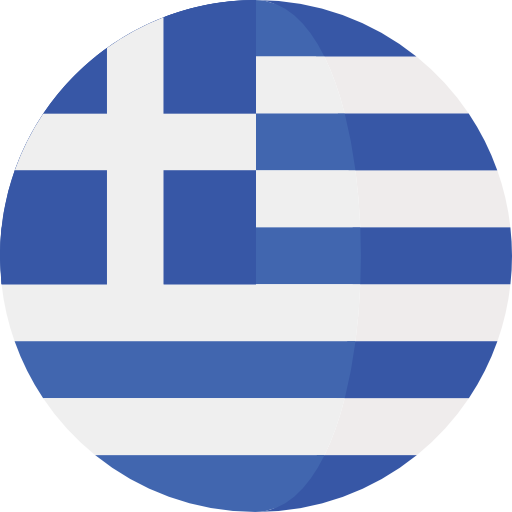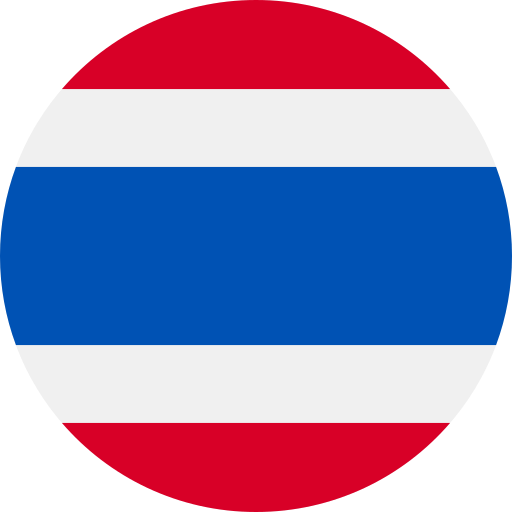Super Bowl Impact Felt
Nevada's gaming industry experienced a significant downturn in February, marking a 9% year-on-year drop in gross gaming revenue (GGR), as the state missed out on hosting Super Bowl LVIII. According to data released by the Nevada Gaming Control Board on March 31, the state's GGR for February totaled $1.21 billion, a decrease from the $1.34 billion reported in February 2024. This decline follows a stellar performance in January, which saw the state’s gaming revenue reach a near-record $1.43 billion, positioning it as the second-highest monthly total in Nevada’s history.
The February revenue dip was felt across nearly every segment of the market, with the most noticeable decline occurring in Las Vegas, America’s gambling capital. The Las Vegas Strip, long the cornerstone of Nevada's gaming economy, posted a 14% decrease in GGR, bringing in $690.3 million. This marks a troubling development for the Strip, which had previously seen a robust post-COVID recovery. As of February, the Strip's GGR is down more than 3% for the fiscal year, casting doubt on whether its growth trajectory can continue.
The Super Bowl Effect
One of the main reasons for February’s decline can be attributed to the absence of the Super Bowl in Nevada, an event that traditionally drives massive economic activity for the state. Last year, Super Bowl LVII generated an estimated $1 billion in economic impact, largely through increased betting activity and tourism. The Super Bowl's relocation to Las Vegas next year promises to return the region's gaming industry to form, but for this February, the lack of the game left a noticeable gap in revenue generation.
Historically, the Super Bowl has been a vital driver of sports betting, and its absence was acutely felt across the state. Sports betting GGR came in at $41.3 million, representing a 14% drop from the previous year. A deeper dive into the numbers reveals that mobile sports betting generated $22.9 million, a slight 3.4% decrease, while the Strip accounted for more than half of the state’s sports betting GGR. However, even the Strip's performance, which amounted to $24.1 million, represented only a modest 2% decline year-on-year.
In addition to the Strip's struggles, other key markets in Nevada also saw reductions in revenue. Downtown Las Vegas experienced a 5% decline in GGR, reaching $72.4 million, while the locals market, which has been a consistent performer in recent months, remained flat at just under $144 million. Despite the February slump, the locals market remains 7% ahead for the fiscal year, reflecting its importance as a steady pillar for Nevada's gaming landscape.
Baccarat, a high-stakes table game that plays a crucial role in the Strip’s GGR, posted a staggering 51.5% drop in revenue, falling to just $87.5 million. This stark contrast from January's $214.2 million figure underscored the volatility of the game and its significant impact on monthly performance. Overall, table and card games at the Strip saw a 26.5% reduction in GGR, further illustrating the struggles facing Nevada’s gaming sector.
Northern Nevada's Mixed Performance
Northern Nevada also faced challenges, with markets such as Washoe County, Elko County, and the Carson Valley posting declines. South Lake Tahoe saw the sharpest drop, down 17% to $17.6 million. The region's performance is often volatile, with the lingering winter weather potentially influencing travel patterns and gaming behavior. Reno, however, fared slightly better, with GGR dipping 6.4% to $56.2 million, though it remains flat for the fiscal year—a modest success compared to other northern markets.
While the Super Bowl’s absence is the primary explanation for February's revenue decline, there were other factors at play. One notable development was the economic tension stemming from the Trump administration's decision to impose tariffs on imports from Canada and Mexico, two of Nevada's largest feeder markets. Though these tariffs may not have directly impacted tourism, the accompanying trade war rhetoric could have dampened potential visitors’ enthusiasm for traveling to Nevada.
Additionally, February's performance was compared against a particularly strong month in 2024, which benefited from a leap year, providing an extra day of revenue. The Las Vegas Convention and Visitors Authority noted that visitor numbers were down nearly 12% year-on-year, with 2.97 million people visiting the city. The authority also cited a drop in convention attendance and average daily room rates, which were down 19.5% and 25%, respectively.
February’s decline highlights the critical role the Super Bowl plays in driving Nevada’s gaming revenue.
The Road Ahead
Looking forward, Nevada's gaming industry faces the challenge of regaining momentum following a difficult February. While the absence of the Super Bowl in 2025 will be a one-time setback, the state's gaming economy remains in a state of flux. The Strip's downturn, combined with volatility in baccarat revenues and a sluggish northern Nevada market, points to a broader struggle to maintain the robust growth seen in recent years.
For Nevada's gaming sector, the return of the Super Bowl next year provides a glimmer of hope. However, as it stands, the state faces a period of recovery, with March and beyond needing to compensate for the losses sustained during February. Whether the industry's performance can regain its footing will depend on a combination of external factors, including national economic conditions, tourism trends, and Nevada's ability to capitalize on events like the Super Bowl to spur growth.
The Hottest USA Casinos 2025












